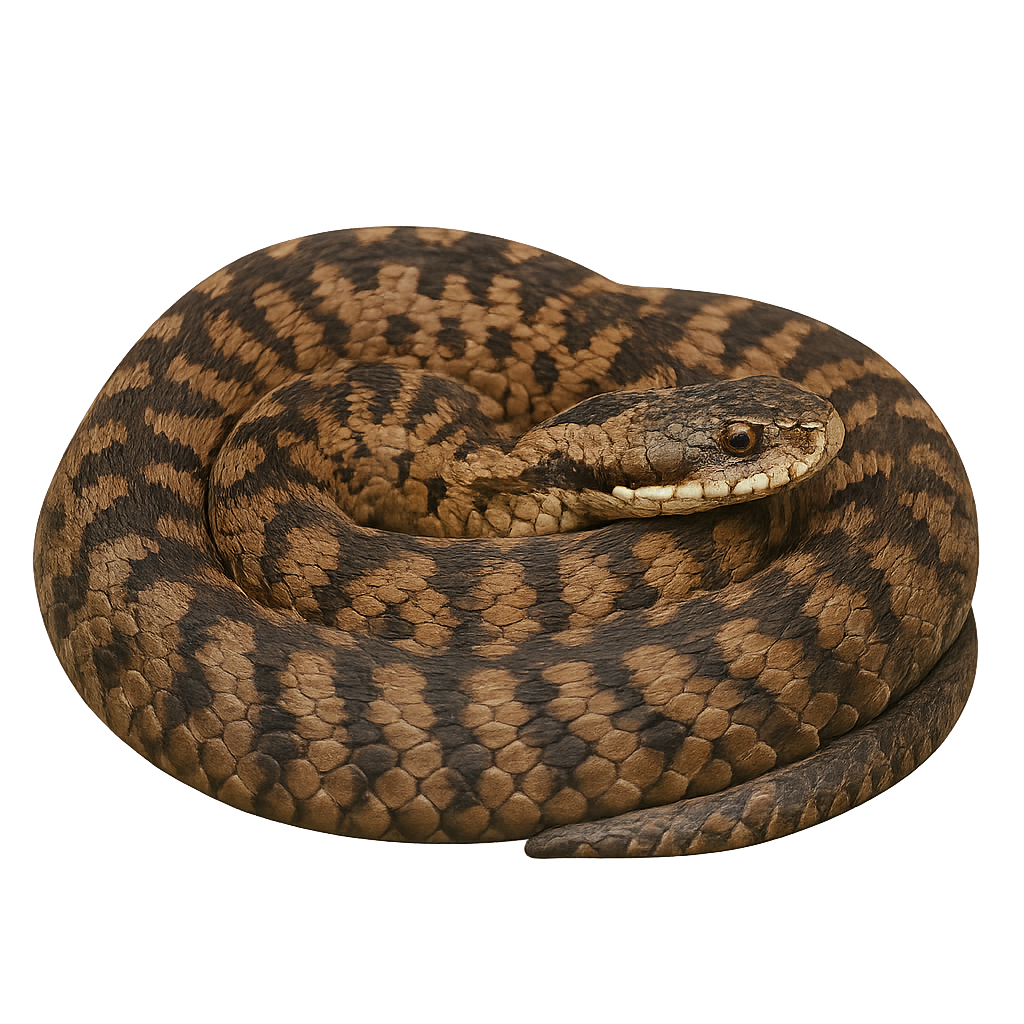Your wildlife photography guide.
Explore the asp viper in detail, study its behavior, prepare your shots.
Where to observe and photograph the asp viper in the wild
Learn where and when to spot the asp viper in the wild, how to identify the species based on distinctive features, and what natural environments it inhabits. The WildlifePhotographer app offers tailored photography tips that reflect the asp viper’s behavior, helping you capture better wildlife images. Explore the full species profile for key information including description, habitat, active periods, and approach techniques.
Asp viper
Scientific name: Vipera aspis

IUCN Status: Least Concern
Family: VIPERIDAE
Group: Reptiles
Sensitivity to human approach: Tolerant
Minimum approach distance: 5 m
Reproduction period: March to May
Incubation: 3 mois
Births: March to May
Habitat:
Open forests, meadows, rocky hills, and dry areas of Southern Europe, mainly in France, Italy, and Spain, and also in mountainous regions
Activity period :
Active during the day when temperatures are favorable, often seen basking in the sun.
Identification and description:
The Asp Viper is a venomous snake species found primarily in rocky areas, meadows, and forests of Southern Europe, notably in France, Spain, Italy, and Switzerland. It typically measures between 60 and 80 cm in length, although some individuals can reach up to 1 meter. Its color ranges from gray to brown, with a zigzag pattern on its back and a distinct triangular head. The Asp Viper primarily feeds on small mammals, lizards, and birds. While venomous, its poison is generally harmless to humans, though bites do require medical attention. It is a protected species in many regions but is threatened by habitat loss and human persecution.
Recommended lens:
300 mm – adjust based on distance, desired framing (portrait or habitat), and approach conditions.
Photography tips:
Use a telephoto lens to photograph the asp viper, especially when it is basking in the sun or moving slowly through the grass. The soft light of early morning or late afternoon is ideal for capturing the details of its pattern and texture. Be discreet and respect their space to avoid disturbing their natural behavior, as they can feel threatened if disturbed.
The WildlifePhotographer App is coming soon!
Be the first to explore the best nature spots, track rutting seasons, log your observations, and observe more wildlife.
Already 1 432 wildlife lovers subscribed worldwide

